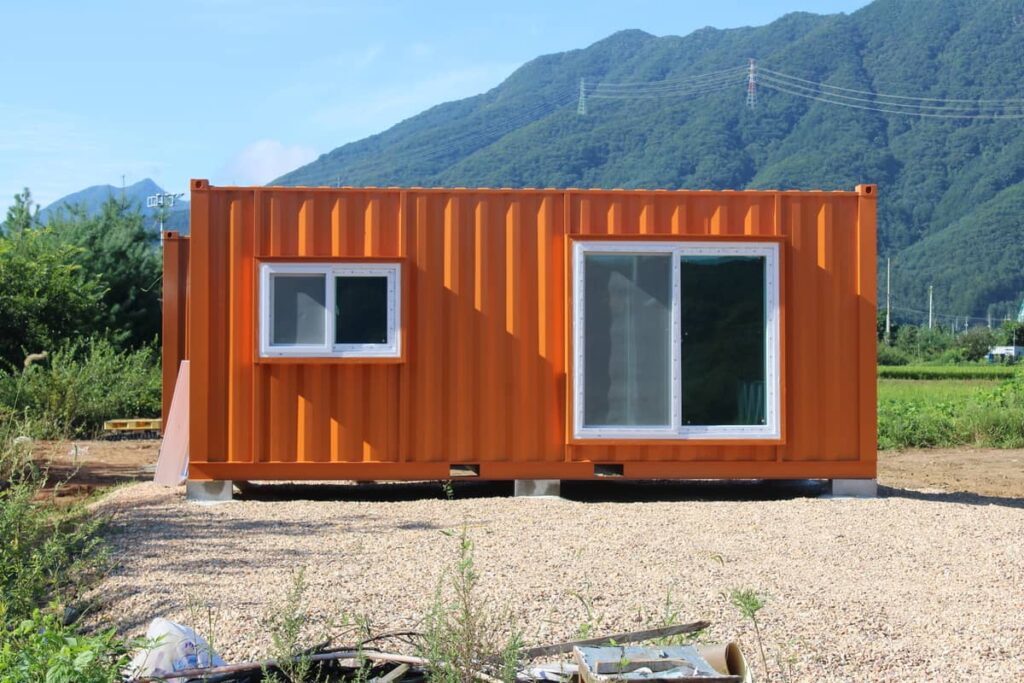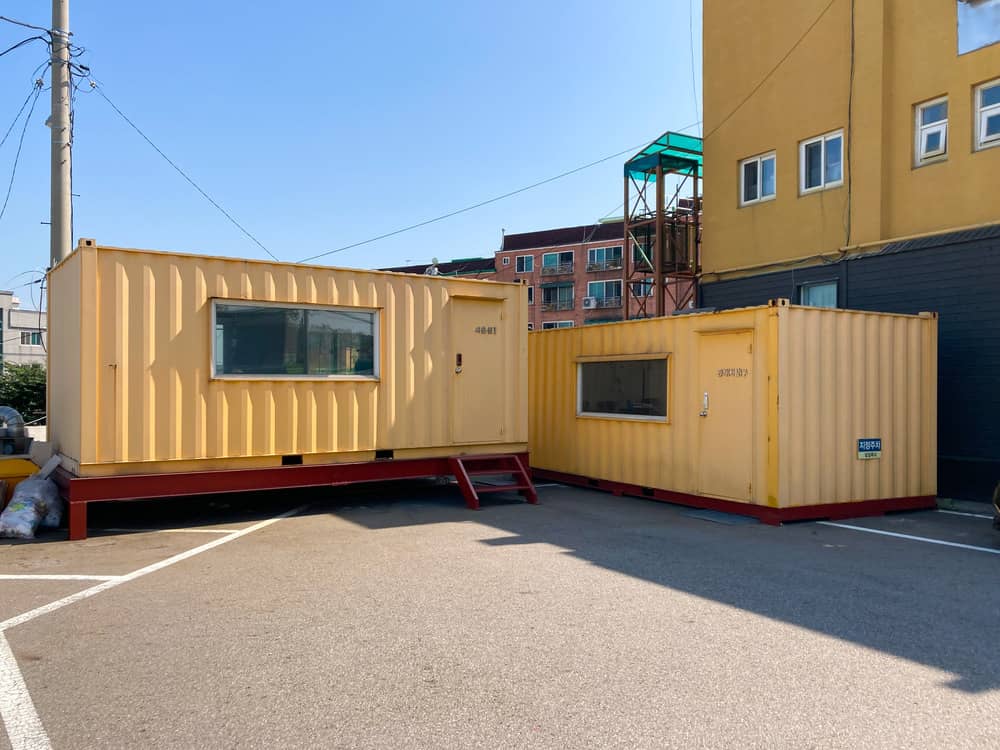Across the globe, containerised construction is opening up a world of possibilities that were previously untapped. While the idea of turning shipping containers into tiny homes has been a trend on social media, there are a number of uses that make sense from both financial and environmental standpoints. Whether you are building emergency housing, retail space, or a new school, recycled shipping containers are excellent options.
What is Containerised Construction?
Also referred to as container-based buildings, containerised construction is the process that converts a standard shipping container into an operational building. The types of buildings created via container-based construction are nearly limitless. The well-made shipping containers serve as an excellent starting point for all kinds of construction.
Characteristics of Shipping Container Construction
Containerised construction has several characteristics that set it apart from other methods of building, including,
- Meets the need for buildings quickly – Whether you are building a shopping centre, providing warehouse facilities, or helping with temporary disaster relief housing, you can count on containerised buildings to be ready when you need them.
- Inexpensive building option – Materials for shipping container construction will cost a fraction of building with traditional materials.
- Easy to modify – Shipping containers are usually rectangles, allowing you to stack or attach them in any configuration that suits your needs.
- Transportable – Unless you have taken steps to attach containers to the ground permanently, you can quickly move your shipping container.
Benefits of Containerised Construction
The inherent benefits are key to using shipping containers in building.
1. Durability
Quality shipping containers are built to withstand harsh conditions during land and sea transportation. The sturdy containers lend themselves to building in disaster-prone areas and a variety of environments.
2. Economical
Containerised building is known for its cost-effectiveness. The prices associated with construction can vary significantly, whether you are using conventional stick builds or any other method.
However, construction with shipping containers is highly cost-effective. Prices fluctuate depending on the unit size, whether it has a side or top opening, and whether the container is new or used.
3. Fast and easy construction
When starting a building project using shipping containers, the bulk of the structure is already assembled. From there, you can stack or join the containers as you like. The time you spend building is reduced to a number of days rather than weeks or months.
4. Off-site modifications
A significant amount of alteration can take place in workshops away from the actual site. This feature is beneficial if the site for the build is difficult to reach using traditional supply methods.
5. Environmentally beneficial
It is estimated that thousands of shipping containers are piled around depots and shipyards worldwide. The reason for this is that it is less expensive to purchase new containers for shipping than it is to reuse older ones. Turning shipping containers into buildings helps reduce waste.
6. Adaptable
It is easy to use shipping containers to create nearly any building you like. Containerised structures are ideal in various sectors. Some examples,
- Commercial
- Industrial
- Education
- Hospitality
- Medical
- Private residences
Applications of Containerised Construction
There are a great many uses for containerised structures across a variety of sectors.
- Industrial uses include storage spaces, facilities for workers, and offices on job sites.
- Educational applications consist of training facilities, classrooms to eliminate overcrowding, and workshop areas.
- Cultural options allow for added space for temporary or expanded exhibits as well as studio space for artists.
- Commercial uses include retail pop-up spaces for special events, free-standing stores, or entire shopping centres. Additionally, containerised buildings are useful for restaurants, office space, and showrooms.
- Residential use of containerised buildings is common, and shipping containers played a significant part in the tiny house trend. These buildings can also become granny flats, bath houses, or full-size homes with modern styling.
- The needs of the medical community can be met by creating first aid huts or vaccination clinics. Communities that struggle to access medical care can benefit from shipping container facilities. Even veterinary services can originate from containerised buildings.
- Hospitality industry uses are numerous. Containerised buildings make sense for everything from rental cottages for individuals or small groups to hotels with edgy modern flair.
- Communities can benefit when these structures are made for use as emergency shelters or staging grounds for emergency response teams.
Conclusion
In an age where time is money and conservation is more than a buzzword, repurposing shipping containers is an ideal way to fill several needs. At Aussie Demountables, we are dedicated to providing our customers with solutions that make sense. We are glad to discuss options and help you make the best choices. You can depend on us to help you get what you need.


